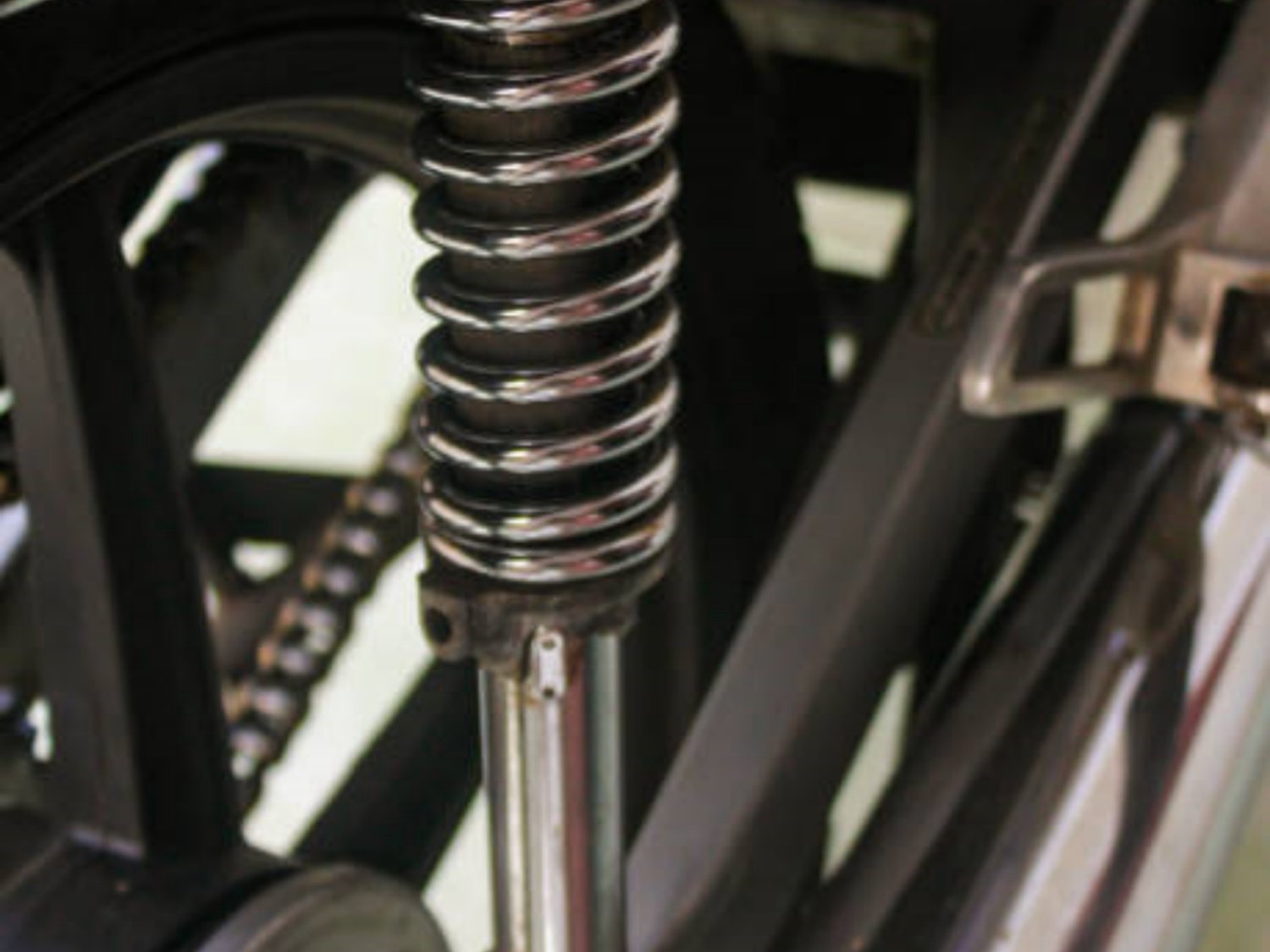The Birth of the Locomotive in Dripping Springs
Located in the heart of Texas Hill Country, Dripping Springs is a charming town with a rich history. One aspect of this history that often goes unnoticed is the role of the locomotive in shaping the town's development. From its humble beginnings to becoming a bustling transportation hub, the locomotive played a pivotal role in Dripping Springs' growth.
The Impact of the Locomotive on Dripping Springs' Economy
As the locomotive arrived in Dripping Springs in the late 19th century, it brought with it a wave of economic opportunities. The railway system connected the town to larger cities, allowing for the transportation of goods and raw materials. This newfound accessibility attracted businesses and industries to set up shop in Dripping Springs, resulting in a boost to the local economy.
The Locomotive as a Symbol of Progress
The arrival of the locomotive in Dripping Springs symbolized progress and modernity. It was a sign that the town was connected to the wider world, and it opened up new possibilities for both residents and businesses. The sight of the train chugging along the tracks became a familiar and reassuring sight for the people of Dripping Springs.
The Locomotive's Role in Transportation
Prior to the locomotive's arrival, transportation in Dripping Springs was limited to horse-drawn carriages and wagons. The introduction of the train revolutionized the way people traveled. It provided a faster and more efficient mode of transportation, allowing for easier and quicker movement of people and goods between Dripping Springs and other cities.
The Locomotive as a Catalyst for Growth
The presence of the locomotive in Dripping Springs acted as a catalyst for the town's growth. With improved transportation links, more people were drawn to the area, leading to an increase in population. This, in turn, spurred the development of infrastructure, such as schools, hospitals, and housing, to accommodate the growing community.
The Locomotive's Impact on Tourism
The locomotive also played a significant role in attracting tourists to Dripping Springs. The scenic train rides offered breathtaking views of the surrounding countryside, making it a popular destination for day trips and weekend getaways. The tourism industry flourished as visitors flocked to experience the charm of Dripping Springs from the comfort of a train.
The Decline of the Locomotive in Dripping Springs
Despite its initial success and impact, the locomotive eventually faced challenges in Dripping Springs. As the automobile industry grew and roads improved, people began to prefer traveling by car rather than train. This shift in preference led to a decline in the use of the locomotive, and eventually, the tracks were dismantled.
Preserving the Locomotive's Legacy
Although the locomotive is no longer a common sight in Dripping Springs, efforts have been made to preserve its legacy. The Dripping Springs Historic Society has curated a collection of photographs, artifacts, and stories that chronicle the town's locomotive era. These exhibits provide a glimpse into the past and help keep the memory of the locomotive alive.
The Locomotive's Enduring Impact on Dripping Springs
While the locomotive may no longer be a part of daily life in Dripping Springs, its impact on the town is still felt today. The economic growth and development spurred by the presence of the train laid the foundation for the vibrant community that exists today. The locomotive will forever be a part of Dripping Springs' history and identity.
Embracing Dripping Springs' Locomotive Heritage
Dripping Springs takes pride in its locomotive heritage and celebrates it through various events and festivals. The annual Dripping Springs Locomotive Festival brings together train enthusiasts, history buffs, and locals alike to pay homage to the town's past. It's a time to appreciate the role of the locomotive in shaping Dripping Springs and to look toward the future with a sense of admiration for the town's rich history.

